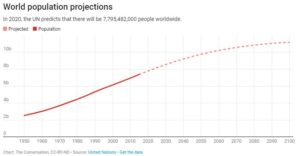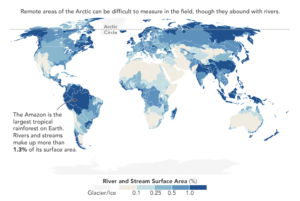 Statista put together a chart (copied here) of vacation time for 12 countries selected from OECD data (see table PF2.3.A) of 42 countries in the post Vacation: Americans Get A Raw Deal by Niall McCarthy (8/8/18). Of the 42 countries listed the U.S. is the only one with a statutory minimum days of paid leave of 0. In fact, only 9 countries have a statutory minimum below 20 days. The medium number of public holidays is 11, while the U.S. has 10. Four countries tie with the maximum of 15 public holidays. The statista article notes:
Statista put together a chart (copied here) of vacation time for 12 countries selected from OECD data (see table PF2.3.A) of 42 countries in the post Vacation: Americans Get A Raw Deal by Niall McCarthy (8/8/18). Of the 42 countries listed the U.S. is the only one with a statutory minimum days of paid leave of 0. In fact, only 9 countries have a statutory minimum below 20 days. The medium number of public holidays is 11, while the U.S. has 10. Four countries tie with the maximum of 15 public holidays. The statista article notes:
The U.S. remains the only advanced economy that doesn’t guarantee paid vacation. Even though some companies are generous and provide their employees with up to 15 days of paid leave annually, almost one in four private sector workers does not receive any paid vacation, according to the Center for Economic and Policy Research.








